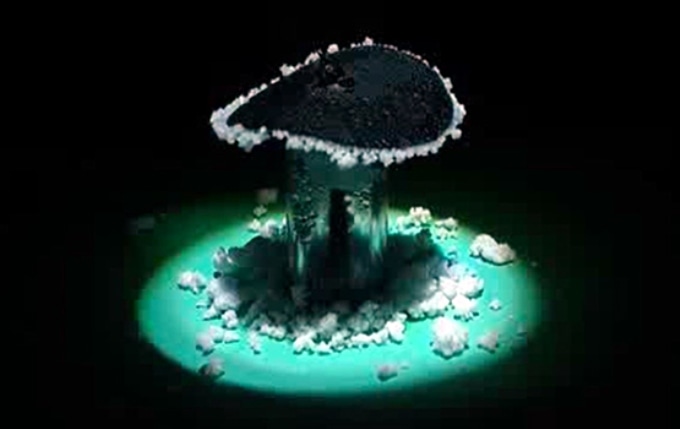Jul 24 2019
Around 844 million people are estimated to have a lack access to clean water. At the same time, every minute, a newborn dies from infection due to the shortage of safe water and a polluted environment.
 Monash University researchers have developed technology that can deliver clean water to thousands of communities worldwide. (Image credit: Monash University)
Monash University researchers have developed technology that can deliver clean water to thousands of communities worldwide. (Image credit: Monash University)
The two methods to alleviate the issue of water scarcity are seawater desalination and wastewater recycling; however, traditional strategies are energy-intensive and based on the combustion of fossil fuels. Actually, water treatment consumes around 3% of the world’s energy supply.
Scientists at Monash University have devised an energy-passive technology that can provide clean, potable water to thousands of communities, just by using photothermal materials and the energy from the sun.
The scientists, headed by Professor Xiwang Zhang from Monash University’s Department of Chemical Engineering, have created a powerful solar steam generation system that realizes efficient and continuous clean water production from salty water with nearly 100% salt removal. In addition, this innovative design can harvest the salts via precise control of salt crystallization only at the edge of the evaporation disk.
The durability and feasibility of the design have been verified using seawater from Lacepede Bay in South Australia. This technology is a potential solution to water scarcity in rural places where grid electricity is not available.
The study outcomes were reported in the international journal Energy & Environmental Science.
Water security is the biggest challenge the world faces in the 21st century, especially as population grows and the effects of climate change take shape. Developing and under-resourced communities feel the effects of these factors the most.
Professor Xiwang Zhang, Department of Chemical Engineering, Monash University
Zhang added, “Utilizing solar energy for water treatment has been widely considered as one of the sustainable solutions towards addressing the scarcity of clean water in some communities, without sacrificing our environment or resources.
Zhang continued, “Despite the significant progress achieved in material development, the evaporation process has been impeded by the concentration of salt on the surface, which affects the quality of water produced.”
Scientists developed a disk with the help of super-hydrophilic filter paper with a layer of carbon nanotubes for light absorption. A cotton thread, with a diameter of 1 mm, served as the water transport channel, pushing saline water to the evaporation disk.
The saline water is conducted upward by the cotton thread from the bulk solution to the center of the evaporation disk. The filter paper holds the pure water and moves the residual salt to the edges of the disk.
The light absorbance was quantified to 94% across the whole solar spectrum. Furthermore, the disk showed a quick temperature rise upon exposure to light in wet as well as dry conditions, increasing from 25 ○C to 50 ○C and 17.5 ○C to 30 ○C, respectively, within just one minute.
Moreover, this technology shows great promise in other fields, like sludge dewatering, mining tailings management, industry wastewater zero liquid discharge, and resource recovery. Upcoming studies will focus on expanding the technology to these applications with support from industry.
“Our study results advance one step further towards the practical application of solar steam generation technology, demonstrating great potential in seawater desalination, resource recovery from wastewater, and zero liquid discharge.” Professor Zhang stated.
We hope this research can be the starting point for further research in energy-passive ways of providing clean and safe water to millions of people, illuminating environmental impact of waste and recovering resource from waste.
Professor Xiwang Zhang, Department of Chemical Engineering, Monash University
Professor Zhang is the Director of the ARC Research Hub for Energy-efficient Separation (EESep), which intends to produce pioneering products, sophisticated separation materials, and smart processes to minimize the energy usage of separation processes that support Australian industry.
He has recently obtained a $50,000 grant from Perpetual for a separate project that investigates to obtain better water for rural Australia and the Southeast Asian region.
Supplementary Video 6
(Video credit: Monash University)